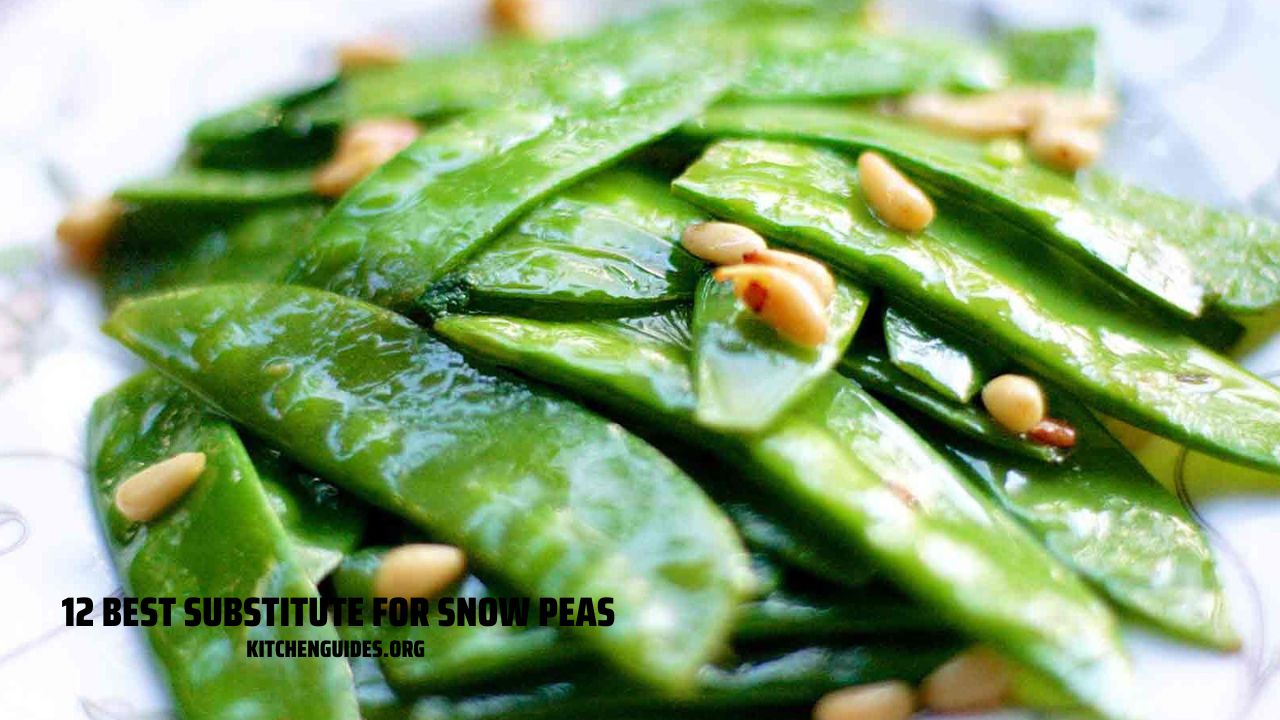Are you looking for a substitute for snow peas? Snow peas are often used in salads or stir-fries. Substitute snow peas for green beans, sugar snap peas, or other vegetables. In order to substitute snow peas for peas previously frozen, you need to rinse and drain the snow pea pods thoroughly to remove as much water as possible. The more water present during cooking, the longer the cooking time will be.
What Is Snow Peas?
Snow peas are a type of edible pod pea, a plant in the same family as snap peas. They’re also known as Chinese or sugar snap peas.
Snow peas have flat, edible pods that grow on top of the plant. The plant grows to about 18 inches tall and has delicate stems and leaves with small flowers. The pods are green or yellow in color, with four to nine seeds inside each pod.
Snow peas are often used in stir-fries, salads, and other dishes that require cooked vegetables. They can also be eaten raw as a snack or added to salads or sandwiches. Snow peas are available year-round in most areas but are at their peak during late spring through early fall when they’re most flavorful and tender.
12 great natural alternatives Of Snow Peas
Snow peas are a common ingredient in many Asian dishes, but they’re not always easy to find in some parts of the world. If you don’t have access to snow peas, there are plenty of other vegetables that can be used as a substitute.
1. Broccoli stems
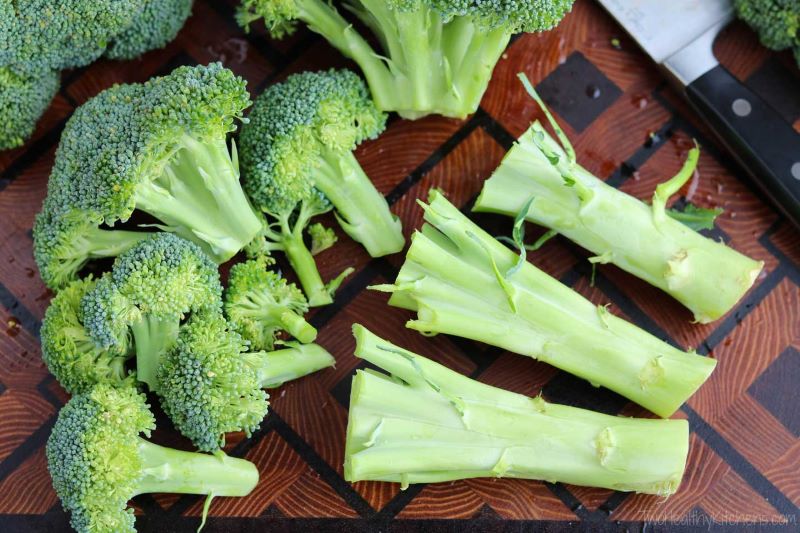
Broccoli stems are a good substitute for snow peas because they have a similar taste and texture. You can use them raw or cooked, but it’s best not to cook them for too long as they can get mushy.
2. Sugar snap peas
Sugar snap peas are also sweet and crunchy and have a similar taste and texture to snow peas. They work well raw or cooked, but you should avoid overcooking them as this can reduce their crunchiness and make them less tasty.
3. Peas
Green peas are another good alternative to snow peas because they’re sweeter than many other types of pea so they’ll add extra flavor if you’re making something sweet like soup or stew rather than savory dishes like stir-fries or curries where sweetness isn’t needed as much.
4. Snap peas
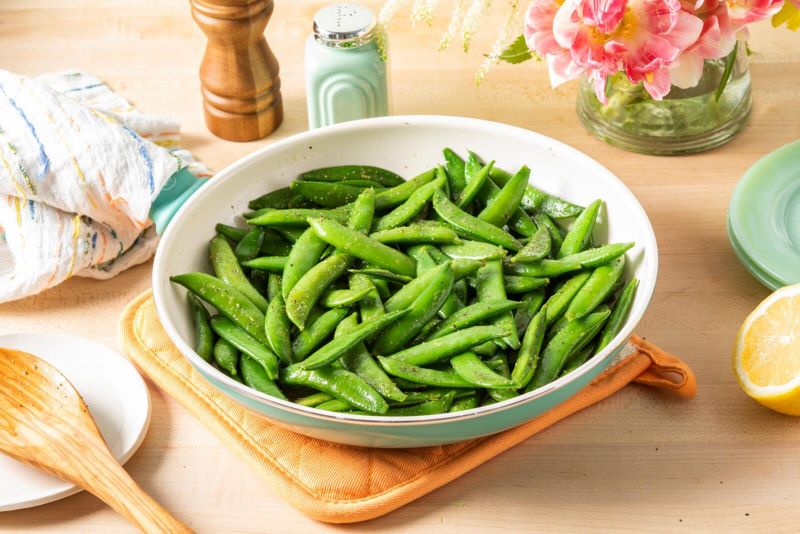
Snap peas are a great substitute for snow peas. They have a similar taste and texture, but they are easier to prepare. Snap peas can be eaten raw or cooked, and the pods are sweet when picked young.
5. Baby corn
Baby corn is another option that’s similar to snow peas in appearance and taste. Baby corn is harvested before maturity, usually when it’s about 2 inches long. It has a sweeter flavor than mature corn on the cob because it lacks starch-digesting enzymes and starches from its cobs, which makes it softer than regular corn.
6. String beans
String beans are also similar to snow peas in appearance and taste, but they’re less fibrous than snow peas. String beans have small seeds that form inside pods that grow along with vines on plants. They’re popular in salads, stir-fries, or as an accompaniment to meat dishes like beef stew or pot roast.
7. Green beans
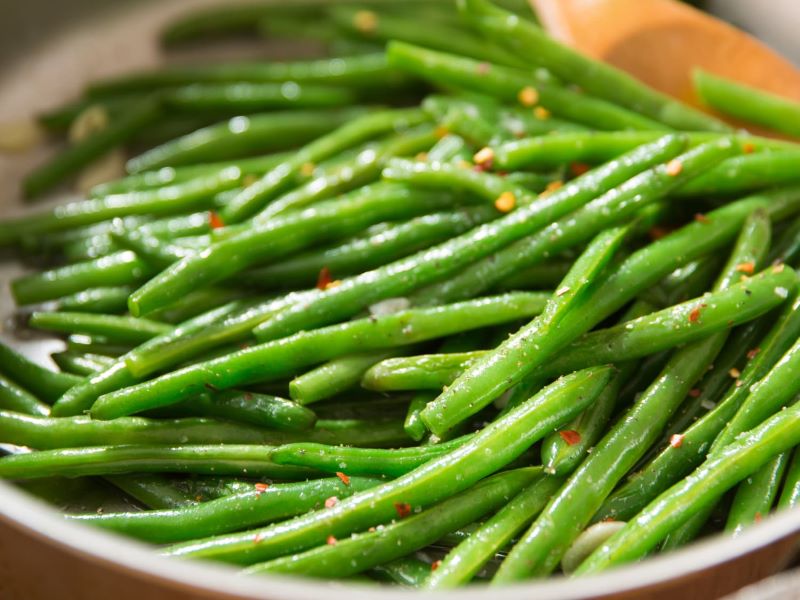
Green beans are a great substitution for snow peas. They’re also easy to grow in your garden and super versatile in the kitchen. You can eat them raw or cooked, alone or mixed with other veggies.
8. Asparagus
Asparagus is another good option for snow peas. It has a similar texture and size, and it’s also delicious raw or blanched. The only real difference between asparagus and snow peas is that asparagus has more of a woodsy flavor than its string bean cousin.
9. Brussels sprouts
Brussels sprouts are another winter vegetable that works well in place of snow peas. There’s no need to cook these little cabbages before serving them — just steam them until they’re tender enough to eat!
10. Cauliflower

Cauliflower is a fun, low-calorie substitute for snow peas. It has the same texture and size, and it can be used in any recipe that calls for snow peas. Cauliflower is also a great way to sneak some extra veggies into your diet.
11. Celery
If you love the crunchiness of snow peas but don’t want to eat them because they’re high in calories, celery is a great alternative. Celery has only 5 calories per stalk, so it’s an excellent choice if you’re watching your weight or trying to avoid fried foods.
12. Jicama
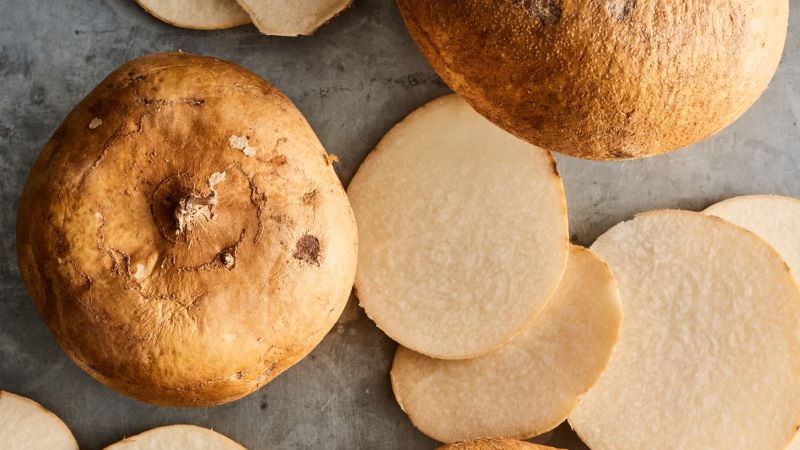
Jicama is another healthy alternative to snow peas that contains fewer calories than other choices on this list. It’s similar in texture to celery but has a sweeter taste that makes it more appealing for those who don’t like the taste of celery.
Healthy Benefits Of Snow Peas
Snow peas are a great addition to your diet because they’re low in calories, and high in fiber and vitamins A, C, K, and B6. They also contain magnesium, manganese, and iron. Snow peas have a mild flavor and crunchy texture that makes them a great addition to salads, stir-fries, or even raw on top of a sandwich.
Here are some of the health benefits of snow peas:
1. They’re rich in antioxidants.
Antioxidants help prevent free radical damage that can lead to chronic diseases like cancer and heart disease.
2. They may improve blood sugar levels and insulin sensitivity.
This can be beneficial for people with type 2 diabetes or prediabetes because it helps lower their risk of developing heart disease or stroke as well as certain cancers such as breast cancer and colon cancer. It can also help improve overall heart health by lowering cholesterol levels and reducing inflammation throughout the body.
3. Provides Nutrients
The biggest benefit of snow peas is that they are loaded with nutrients. One cup of raw snow peas provides more than half the daily recommended amount of vitamin K and dietary fiber, as well as some vitamin A and iron. It also contains small amounts of calcium and B vitamins.
4. Helps With Digestion And Detoxification
Snow peas contain high levels of insoluble fiber, which helps cleanse your digestive tract by adding bulk to stools and helping them move through your system more quickly. Insoluble fiber also helps protect against colon cancer by binding bile acids in the colon so they can’t be reabsorbed into your bloodstream — this process also helps lower cholesterol levels in the body.
5. Reduces Inflammation And Pain
Snow peas contain vitamin K which is helpful in reducing inflammation of the joints and bones. It also helps reduce pain associated with arthritis and other conditions that cause joint pain.
6. Good For Pregnant Women
Pregnant women should include more legumes in their diet because they contain folic acid which helps prevent birth defects such as spina bifida. Snow peas are also one of the richest sources of folate which is essential during pregnancy to ensure the proper development of the baby’s nervous system.
Delicious Snow Peas Recipes
Snow peas are a versatile vegetable. You can eat them raw or you can cook them in soups, stir-fries, and more. They’re also a great addition to salads.
Here are some recipes that feature snow peas:
1. Soups
Snowpea soup is made with fresh snow peas and other ingredients such as chicken stock or water, garlic, and ginger root. You can add other vegetables such as carrots or onions for added flavor.
2. Stir-Fries
Snow peas make an excellent stir-fry when combined with chicken, beef, or tofu along with veggies like broccoli and carrots. Use any combination of seasonings you prefer to create your own dish. Some popular choices include garlic powder, soy sauce, and sesame oil for Asian stir-fries, or basil leaves for Italian ones.
3. Salads
A salad featuring snow peas would include other fresh veggies such as tomatoes, cucumber slices, and lettuce leaves along with an interesting dressing such as vinaigrette or Caesar dressing using olive oil and lemon juice instead of vinegar.
4. Snacks
Snow peas can be enjoyed in a variety of ways. You can eat them raw as an appetizer, add them to sandwiches and salads or even add them to dips like hummus. They taste great in fruit smoothies and pastries too!
FAQs
1. What does snow pea taste like?
The flavor of snow peas is milder than other types of peas, but they are still considered sweet. You can eat them raw or cooked. They have a crisp texture when raw and become soft when cooked. If you cook them with other vegetables, they will retain their crunchiness better than if you cook them alone.
2. How do you prepare snow peas?
You can prepare snow peas by steaming or stir-frying them. You can also add them to salads or use them as a garnish for soups or other dishes that need some color added to enhance the presentation. (See the chart on the right to see how temperatures affect the growth of snow peas.)
3. Where can you find snow peas?
If you have access to fresh frozen snow peas, they are available at many Asian and Mexican food stores as well as some supermarkets. You can also find frozen ones at most supermarkets and in most ethnic food stores. You can also purchase dry, canned, or frozen snow peas at some grocery and health food stores.
4. When is Snow Peas Season?
The snow pea season runs from April through September in the UK and Europe. However, they may be available year-round depending on where you live. In North America, they tend to appear towards the end of spring or early summer, but like many other fruits and vegetables, this varies greatly depending on where you live as well as weather conditions such as drought or rainfall during their growing season which can affect their taste and quality so it’s always best to check beforehand if possible!
5. How much do I need per day?
The recommended daily intake for most people is between 6-7 servings per day. One serving size is 1 cup cooked vegetables or 1/2 cup cooked grains or beans.
In Conclusion
I hope this article has demonstrated how to substitute for snow peas. If the subject interests you, remember to check back with us soon as we publish new articles every week and keep up to date on our latest news and views on food.

